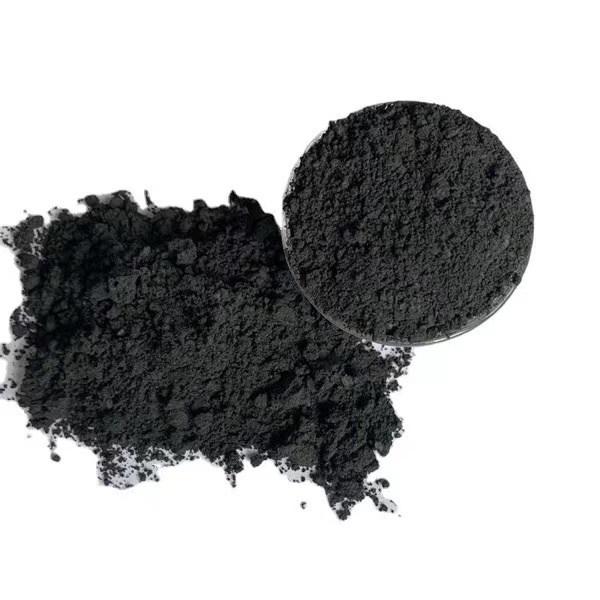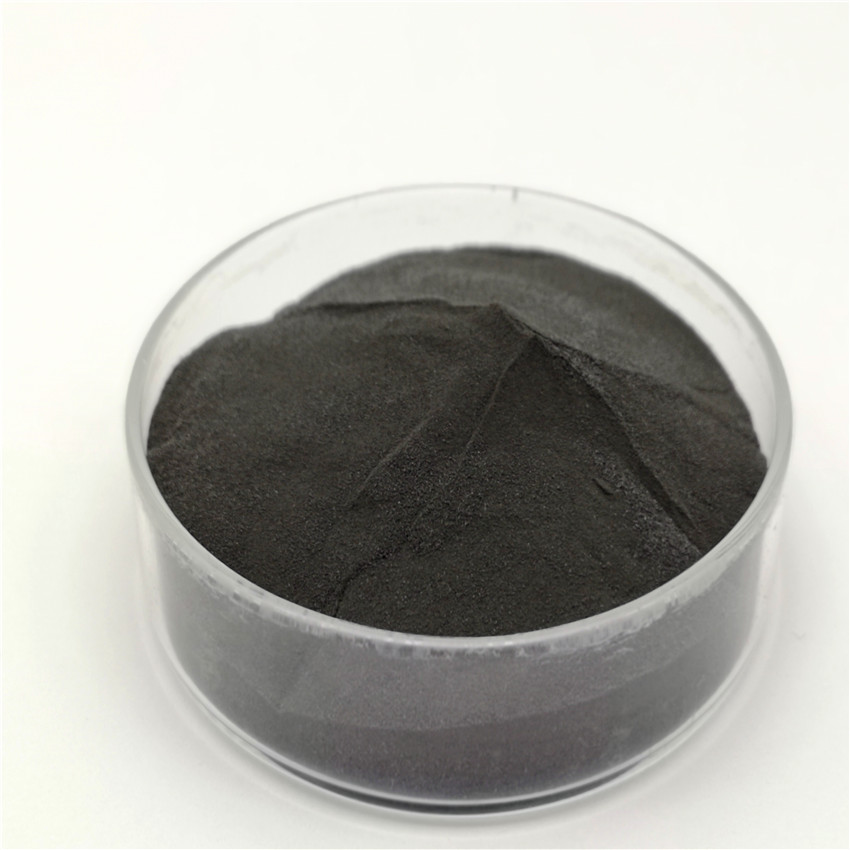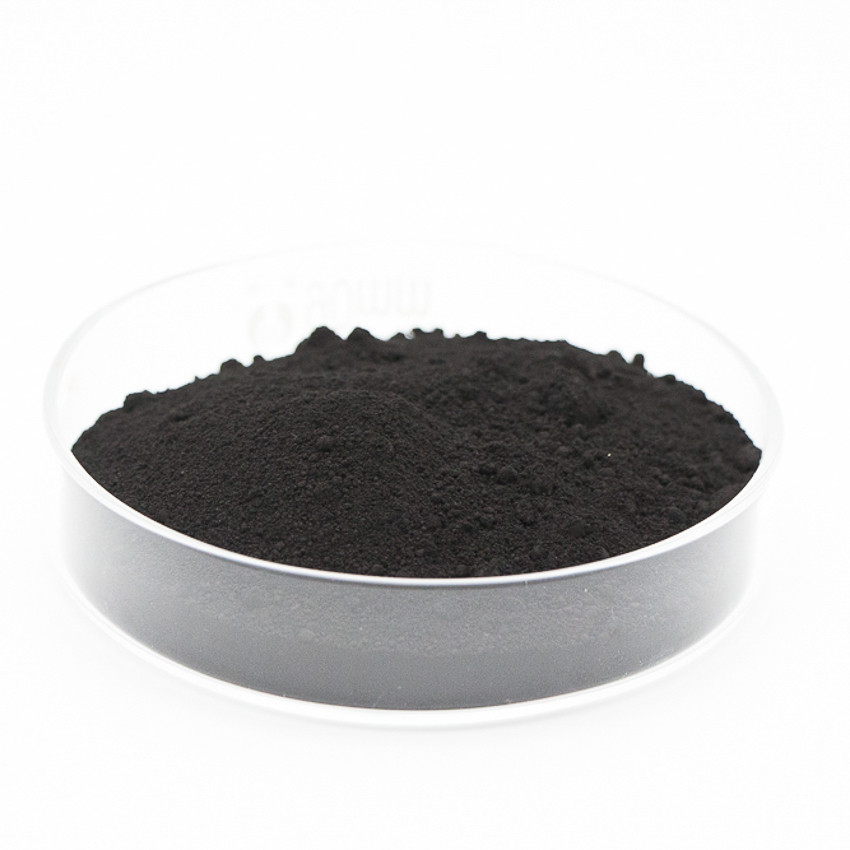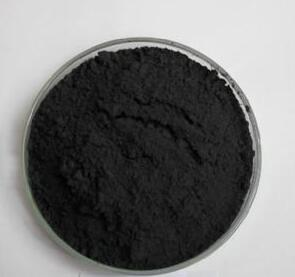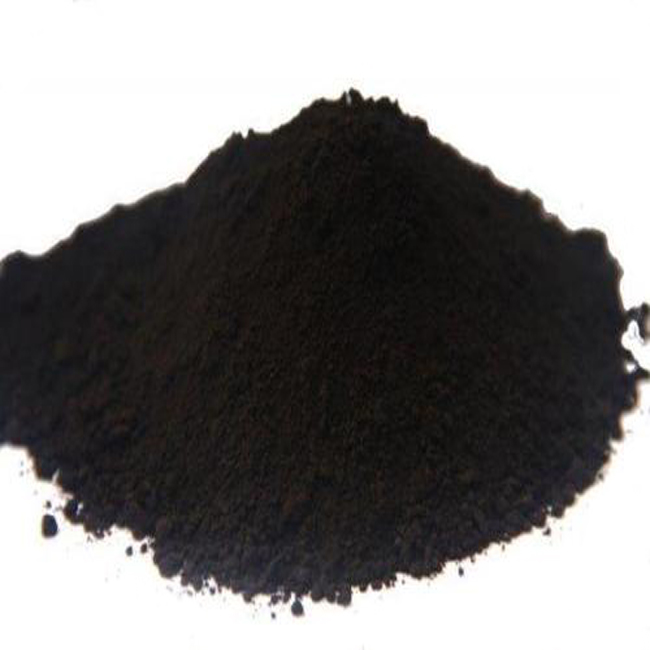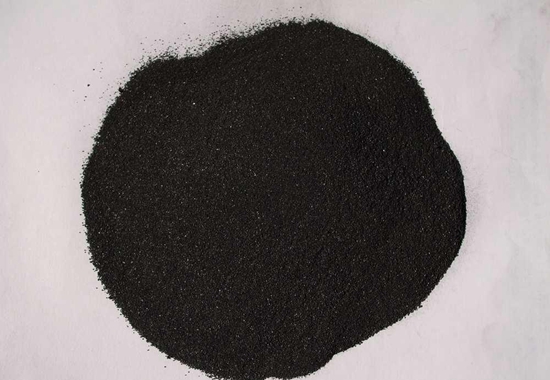The first functional semiconductor made of graphene is launched.
Semiconductors are basic components of electronic products. Currently, almost all modern electronics rely on silicon-based semiconductors, which are made from silicon materials. However, as devices move toward miniaturization and the need for faster processing speeds grows, silicon-based semiconductors are approaching their physical capabilities limit.
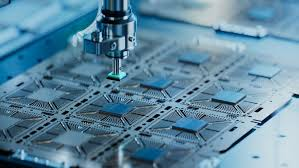
The study found that if made correctly, epitaxial graphene chemically bonds to silicon carbide and exhibits semiconductor properties. Measurements show that the room-temperature electron mobility of graphene semiconductors is ten times that of silicon. This means that faster switching speeds allow devices such as GPUs and CPUs to complete computing tasks more efficiently. Additionally, graphene semiconductors' powerful chemical, mechanical, and thermal properties can enhance the durability and reliability of electronic products compared to traditional materials.
Although graphene semiconductors have many advantages, scientists have yet to be able to develop a graphene semiconductor that can control conductivity or insulation at will. The problem lies in the lack of a so-called band gap. In addition to high-energy bands and low-energy bands, semiconductors also have a point - the band gap. At this point, excited electrons can jump from one energy band to another. This effectively turns the flow of electricity on and off, thereby controlling conductive switches while creating the binary system of 0s and 1s used in digital computers. While previous research has shown that graphene can function as a semiconductor on a small scale, it has never been scaled up large enough to make computer chips. At the same time, the wrinkles, domes, and holes in the graphene flakes can have unusual effects on current flow, making it possible to create logic chips by engineering the right defects.

Recently, Professor Ma Lei and his scientific research team from the Tianjin International Research Center for Nanoparticles and Nanosystems of Tianjin University achieved a breakthrough in growing graphene on silicon carbide wafers using a special furnace, producing epitaxial graphene, which is on the silicon carbide crystal plane. Growing single-layer material. By introducing a band gap in graphene, we demonstrated a transistor that can control current switching, either blocking or allowing the flow of electricity. Because the technology is not dissimilar to that used to make silicon chips, the process may be more conducive to large-scale production. Researchers say graphene semiconductors have far better electrical properties than silicon chips.
It's like driving on a gravel road versus driving on the highway, Georgia Tech physics professor Walter de Heer said in a press release. Silicon chips, which are cheap to make and backed by a massive global manufacturing infrastructure, are reaching their limits. Moore's Law states that the number of transistors in a circuit doubles approximately every two years. Still, miniaturization has slowed in recent years as engineers have pushed circuit density to limits beyond which electrons cannot be reliably controlled. While graphene circuits could revive hope, obstacles remain. The research team stated that this research is of great significance to the practical application of graphene electronics in the future.
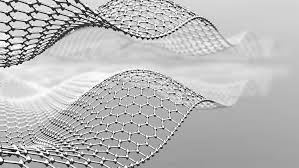
Regarding this research breakthrough on graphene semiconductors, Xiao Xiaoyue, a foreign academician of the National Academy of Engineering of Ukraine, a foreign academician of the Brazilian Academy of Engineering, and the executive director of the Research Institute of Qingdao Detong Nanotechnology Co., Ltd., said that based on the characteristics of graphene, graphene semiconductors mainly include: The following five advantages. First, graphene is an excellent conductor with better electrical conductivity than silver so that it can replace copper wires in the semiconductor field. Among them, 5 to 1-nanometer lines can be prepared only through molecular heat treatment without the need for a photolithography machine. At the same time, the operating speed can be as high as 1000GHz (=1THz). By using it with carbon nanotubes, single-electron transistors and flexible transistors can be produced. Second, the carrier mobility is high, 100 times that of silicon. Third, semiconductor components with CMOS structures can be prepared. Fourth, it has good flexibility and has important applications in flexible display technology. Fifth, the thermal conductivity is high, so the heat dissipation performance is much better than that of silicon-based materials. However, Xiao Xiaoyue emphasized that at present, the application of graphene in semiconductor technology is still in the laboratory stage, and it will take some time before graphene semiconductors are fully implemented.
David Carey of the University of Surrey in the UK is skeptical that this latest development will mean that silicon chips will soon switch to graphene chips, partly because the new research will require substantial improvements in transistor size, quality, and manufacturing technology and partly because This is partly because silicon chips have a leading edge.
Supplier
Graphite-crop corporate HQ, founded on October 17, 2008, is a high-tech enterprise committed to the research and development, production, processing, sales and technical services of lithium ion battery anode materials. After more than 10 years of development, the company has gradually developed into a diversified product structure with natural graphite, artificial graphite, composite graphite, intermediate phase and other negative materials (silicon carbon materials, etc.). The products are widely used in high-end lithium ion digital, power and energy storage batteries.If you are looking for silicon powder for battery li-ion anode, click on the needed products and send us an inquiry: sales@graphite-corp.com


